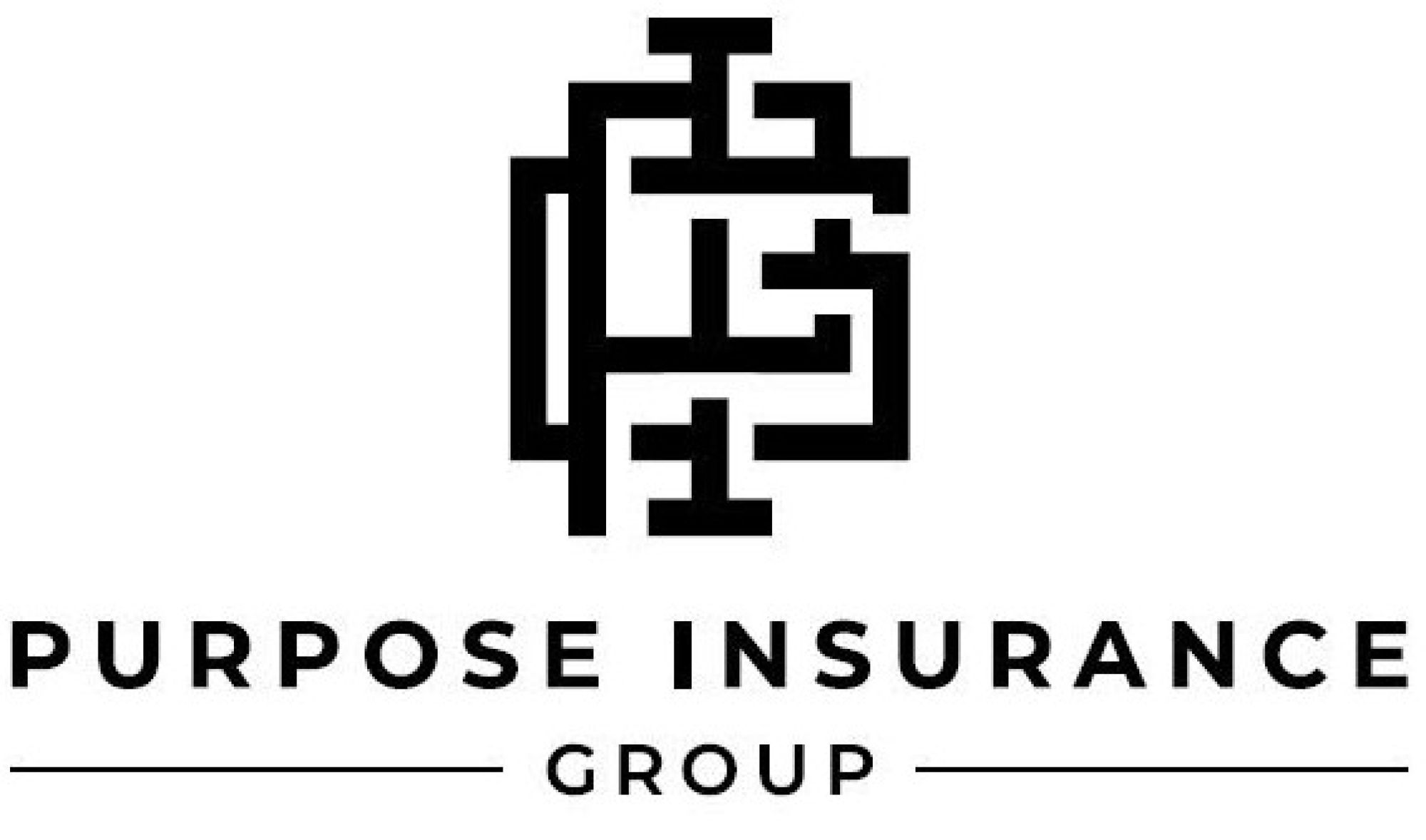The Pacific Prime Diaries
The Pacific Prime Diaries
Blog Article
Pacific Prime Can Be Fun For Everyone
Table of ContentsThe Ultimate Guide To Pacific PrimeThe Basic Principles Of Pacific Prime The 4-Minute Rule for Pacific PrimeWhat Does Pacific Prime Mean?
In many states, the insurer is required to send you a copy of the changes to your policy. It is important that you check out Recommendations or Riders so you comprehend exactly how your policy has altered and if the policy is still appropriate to satisfy your needs. To get a copy of your insurance plan, please call your insurance agent or company.
The Institute of Medicine (IOM) Committee on the Repercussions of Uninsurance launches a prolonged exam of proof that addresses the relevance of medical insurance coverage with the publication of this report. Insurance coverage Issues is the very first in a collection of 6 records that will certainly be released over the next 2 years recording the truth and repercussions of having an estimated 40 million individuals in the USA without medical insurance coverage.

The Single Strategy To Use For Pacific Prime
The objective of this collection of studies is to redouble policy attention on a historical trouble. Complying with the lengthiest financial expansion in American background, in 1999, an approximated one out of every six Americans32 million grownups under the age of 65 and more than 10 million childrenremains uninsured (Mills, 2000).

10 percent of the population represent 70 percent of healthcare expenditures, a correlation that has remained constant over the previous three decades (Berk and Monheit, 2001) - maternity insurance for expats. Therefore medical insurance proceeds to serve the feature of spreading danger also as it progressively funds regular care. From the perspective of wellness treatment carriers, insurance brought by their individuals aids secure a profits stream, and areas take advantage of financially practical and steady healthcare experts and establishments
Federal government supplies medical insurance to populaces whom the personal market may not offer efficiently, such as handicapped and senior citizens, and populaces whose access to health and wellness care is socially valued, such as kids and expectant women. The ultimate ends of health insurance policy protection for the specific and areas, consisting of workplace areas of staff members and employers, are enhanced health and wellness results and top quality of life.
Some Ideas on Pacific Prime You Need To Know
Staff members place medical insurance first without a doubt in relevance among all the benefits used in the workplace (Salisbury, 2001). There have actually been sizable investments of individual and public funds to give wellness insurance, several people still have no coverage. In spite of extensive coverage of survey findings and healthcare research study results, the basic public remains baffled and misinformed concerning Americans without medical insurance and the ramifications of lacking protection.

Without doubt, the complexity of American health and wellness treatment financing systems and the riches of sources of information add to the public's confusion and hesitation about medical insurance data and their analysis. This record and those that will certainly follow objective to distill and present in easily reasonable terms the substantial study that births on inquiries of wellness insurance coverage and its relevance.
Fifty-seven percent of Americans polled in 1999 thought that those without medical insurance are "able to get the care they look at here need from physicians and health centers" (Blendon et al., 1999, p. 207). In 1993, when nationwide interest was concentrated on the issues of the uninsured and on pending healthcare regulations, just 43 percent of those surveyed held this idea (Blendon et al., 1999).

They likewise receive fewer precautionary services and are much less most likely to have normal take care of chronic conditions such as high blood pressure and diabetic issues. Chronic illness can cause expensive and disabling problems if they are not well managed (Lurie et al., 1984; Lurie et al., 1986; Ayanian et al., 2000). One national study asked even more than 3,400 grownups about 15 highly serious or somber conditions.
Some Of Pacific Prime
Added evidence is offered later in this phase in the discussion of insurance and accessibility to healthcare. https://myanimelist.net/profile/pacificpr1me. Individuals without medical insurance are young and healthy and pick to do without coverage. Virtually fifty percent (43 percent) of those checked in 2000 believed that individuals without medical insurance are a lot more most likely to have health issues than people with insurance
Citizens and policy makers in focus team discussions characterize those without insurance coverage as young people who have the possibility to be covered and feel they do not need it (Porter Novelli, 2001). Contrasted to those with a minimum of some private protection, the uninsured are much less likely to report remaining in excellent or excellent health (Company for Medical Care Research Study and High Quality, 2001).
RESOURCE: Facility for Price and Funding Studies, Company for Medical Care Research Study and High quality, based on MEPS data. Youthful grownups in between 19 and 34 are much more likely to do not have health and wellness insurance policy than any type of other age. This is primarily because they are much less usually qualified for employment-based insurance policy due to the nature of their task or their brief tenure in it.
The assumption that people without insurance have better-than-average wellness adheres to from confusing the fairly young age account of the without insurance with the far better health and wellness, usually, of more youthful persons. This covers the link in between health status and medical insurance. For those without accessibility to work environment medical insurance, inadequate wellness is a potential obstacle to acquiring nongroup insurance coverage due to the fact that such protection might be very valued, omit preexisting problems, or be merely inaccessible.
Report this page